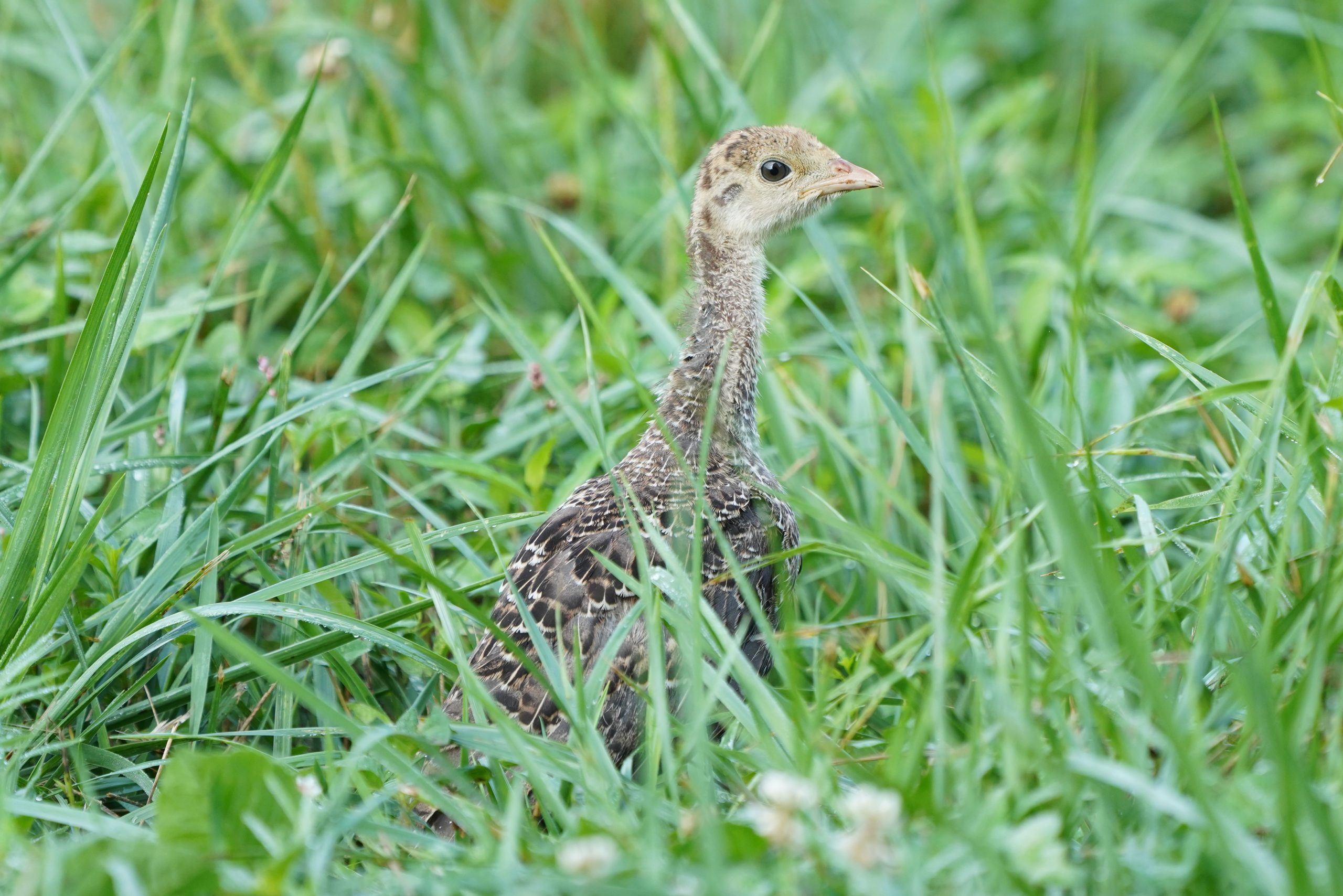Habitat for the Hatch
The purpose of this 10-year initiative is to improve forest and field health and resiliency at a landscape scale in Southeastern states through active management of over 1 million acres by 2033.
Join Us as We Work Across the Southeastern Landscape to Create Habitat for the Hatch
The restoration of the wild turkey is one of the greatest North American conservation success stories; however, since the early 2000s, we have seen a substantial decline in numbers throughout the Southeast. This is indicative in statistics such as wild turkey harvest and poult productivity data, signifying an overall decline. Some states are even reporting below two poults per hen, which is an alarming indicator of a declining wild turkey population and can have a population-level effect.
Goals and Objectives
The purpose of this 10-year initiative is to positively impact wild turkey populations by improving forest and field health and resiliency at a landscape scale in Southeastern states through active management of over 1 million acres by 2033. In addition to leading to more robust wild turkey populations, the conservation efforts will result in healthier ecosystems across the Southeast.
The NWTF will continue critical work addressing the complete annual cycle of wild turkey habitat needs; however, acres included in Habitat for the Hatch’s 1-million-acre goal are those that specifically establish nesting habitats with quality brood range in close proximity — in other words, Habitat for the Hatch! One million acres that fit these specific criteria will require a significant investment.

Conducting critical research and applying the findings will play a significant role ensuring the goals and objectives of the initiative are maintained beyond the initiative’s end date in 2033. Past research was foundational to understanding the types of management activities that create and maintain early successional habitat for the benefit of wild turkeys; however, new research is needed due to increasingly changing landscape conditions across the Southeast. As such, researching contemporary and evolving habitat management practices and conditions will be critical to how we manage habitats in an everchanging landscape and are foundational for Habitat for the Hatch’s success. Through critical habitat research, we will be able to provide education to public and private landowners, helping them implement specific habitat management practices on their lands at the appropriate time, space and scale.
Objectives:
- Supporting scientific research aimed at determining the most efficient and effective means to manage habitats for wild turkeys.
- Increasing controlled burning efforts in forested systems (hardwood and pine) and fields as appropriate throughout the Southeast.
- Increasing our forest conservation footprint on private lands via technical and financial assistance.
- Increase active management of forest stands to promote early successional habitat through activities such as timber stand improvement, thinning, mastication, crop tree release, planting and more.
- Chemical and mechanical removal of invasive plant species.
- Educating and engaging stakeholders, both direct and indirect, to raise awareness of the importance of controlled burning, active forest management and best management practices.
Financial Need
NWTF estimates a need of $40 million – with partner collaboration – by the year 2033 to improve over 1 million acres of early successional habitat, which will improve nesting and brood-rearing conditions on both public and private lands. We anticipate leveraging funds at a minimum of 5:1. To accomplish this, the NWTF has an estimated fundraising goal of $8 million over the next 10 years.
Critical wild turkey habitat restoration will be accomplished with an emphasis on the NWTF’s Four Shared Values – establishing resilient communities, clean water, healthy forests and wildlife habitat in wild places that offer significantly enhanced recreational opportunities. Additionally, Habitat for the Hatch is named for the many other wildlife species that benefit and hatch within areas we work in the Southeast, including insects, aquatic species, the imperiled gopher tortoise, red- cockaded woodpeckers and pollinators, all of which are indicators of healthy and resilient habitats. Wildlife species of greatest conservation need rely on the same habitats used by wild turkeys and will benefit significantly alongside wild turkeys. Southeastern forests and fields, when well managed, are havens for wild turkeys and provide many additional ecosystem-level benefits, including sequestering more carbon, providing clean water and abundant water, being more resilient to natural disturbances and overall providing robust recreational opportunities that are vitally important to America’s sportsmen and women.
Landowners Can Create Habitat for the Hatch Too!
Habitat for the Hatch Stories
For more information about this exciting new initiative, contact dlittle@nwtf.net.
Your Support Makes a Difference.

